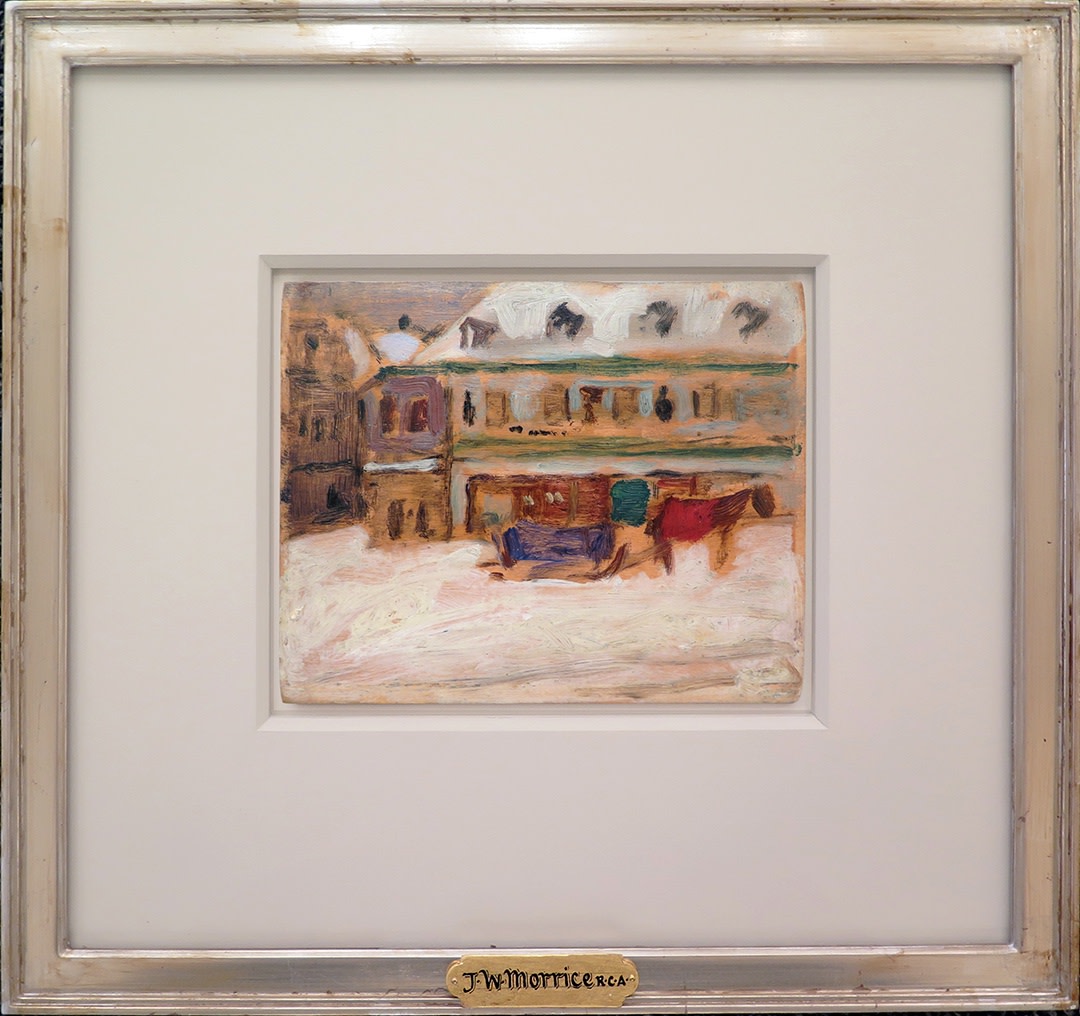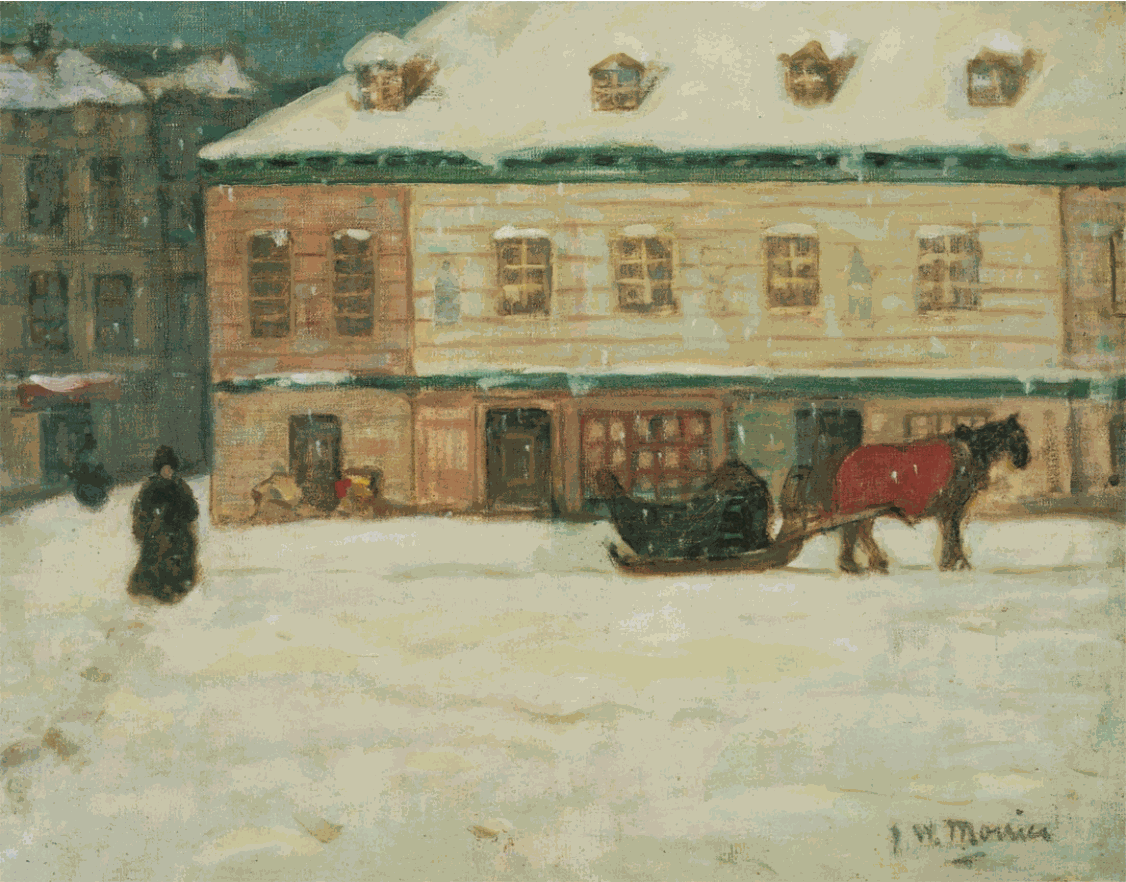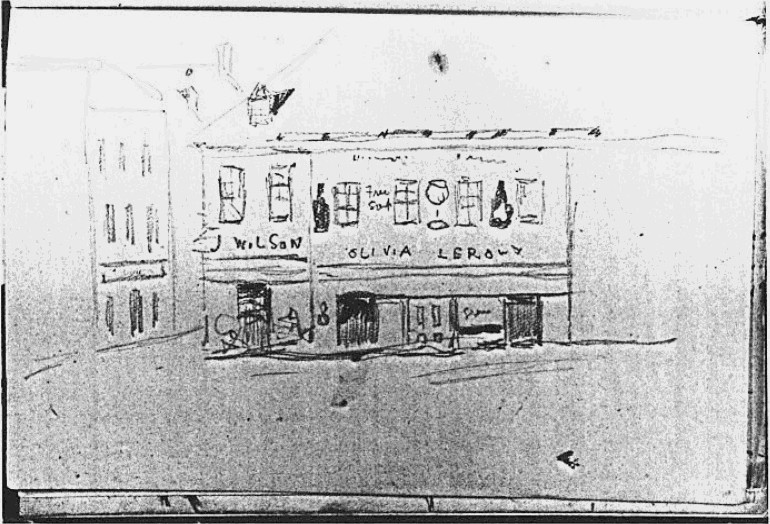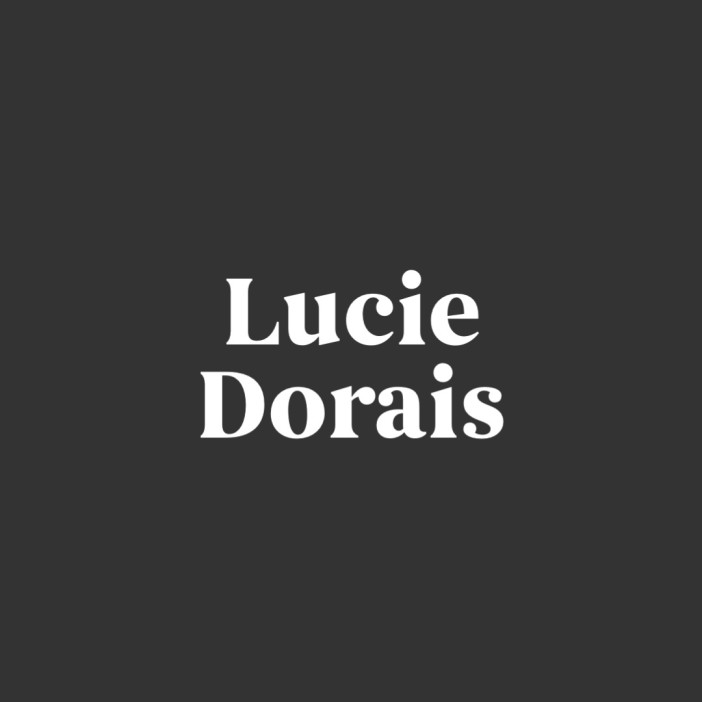Preparatory study for the canvas "Effet de neige, Montréal" by James Wilson Morrice “a wonderful surprise”

James Wilson Morrice (1865-1924), Study for "Effet de neige, Montréal", 1906. Oil on panel 4 7/8 x 6 in (12.4 x 15.2 cm).
In the Fall of 1905, Morrice, who was living in Paris, took part for the first time in the Salon d’Automne; his atmospheric pochades, with their delicate pastel shades, were barely noticed: all reviewers were mesmerized by the brighly coloured works of Matisse and his friends, nicknamed the Fauves by one of them. And his subjects, Venice and Les Tuileries in Paris, were hardly original. Perhaps it was time to explore a new territory, one that belonged only to him. Since he was going to Montreal for the Christmas holidays, why not submit canvases of his native country to the next Salon de la Société Nationale, due to open in Paris in April 1906?
The catalogue lists four: Effets de Neige: Montréal, Québec, Boutique, and Traîneau. Two are easily identified: Québec, illustrated in the catalogue (now Thomson Collection at the AGO), and Traîneau, bought at the Salon by the Musée de Lyon (France); Boutique is probably Barber Shop in Montreal (priv. coll.). Their preparatory sketches have been known for quite a while, and two of them have a corresponding drawing in Sketchbook #16 (Québec’s page is lost). The fourth entry, Montreal was harder to identify, as more than one drawing in Morrice’s sketchbook was done there. But the mentions of "houses with flat roofs" and "square wooden base of a house" by American reviewers of the Salon confirm that Effet de neige (Montréal) is the canvas long known as Canadian Square in Winter or The Little Wine Shop (fig 1). The re-appearance of its preparatory study, the present sketch, is a wonderful surprise!

Fig. 1. James Wilson Morrice (1865-1924), Effet de neige, Montreal, 1906. Oil on canvas 20 x 24 in (50.7 x 61.2 cm). Power Corporation of Canada Collection.
The drawing (fig. 2) is very detailed, down to the inscriptions and images on the walls, and the snow retainer on the roof, but Morrice drew only one dormer window for reference. Two businesses share the building: "J WILSON" (pun intended?) and "OLIVIA LEROUX". Montreal Lovell's Directory for 1905-1906 lists "A.A. Wilson", a hardware store, and the hotel of "Ovila Leroux" (not Olivia!) on Place Jacques-Cartier, at the north-west corner of St-Paul Street, seen here on the left. The artist drew two bottles and a wine glass between the second floor windows, where we can also read Free Soup, always welcome on a cold winter day!

Fig. 2. James Wilson Morrice, Sketchbook no. 16, pg. 51. Montreal Museum of Fine Arts (Dr.1973.39)
The building had hardly changed since Pierre del Vecchio built it as an inn in 1807, although it had been subdivided into two businesses, each with its own entry; the walls were perhaps stuccoed from the beginning. But in 1967, all remaining stucco disappeared, and the building reverted to a single use (now the restaurant La Marée), with a reconstructed door in the centre. The third store on the right, just hinted at in the drawing and the canvas, has also been restored as the Denis-Viger house. Morrice’s drawing, with so many details, was probably done from a window across the square, that of tobacconist Larue, or perhaps its neighbour, a harness maker; if the artist cheated a bit on the perspective, he could have been sitting in the big Cloutier Hotel, which we know as the Nelson.Businesses came and went fast on the busy square; Leroux Hotel is only listed five times in the directory, from 1905-06 to 1909-10; Wilson's name survived a bit longer. Luckily, a few postcards of Place Jacques-Cartier, including a rare winter one, show both businesses as Morrice saw them. On the slightly later photo from the E. Massicotte Album, the names Leroux and Wilson are still there, but both businesses are under new management and... the two bottles, which we can guess in the postcard above, have been painted over. But the big glass remains, as full as ever, with its bilingual inscription: "Le plus grand verre dans le monde / The Largest Glass in the World.”
There is one more inscription on Morrice's drawing: “green”, on a rectangle in the facade (a door?). This is the sole colour indication; obviously, another support was needed to record all the colours, therefore the present sketch. The green door is there, right behind the red blanket on the horse; both are opaque, while the other colours are applied more fluidly, letting the wood show through all over. The palette is quite varied: to the basic black, white, dark red and pale ochre used in other sketches from that trip, the artist has added at least four colours, used straight from the tube or mixed: emerald green, indigo, dark red, and dark brown. Is it a nod to the Fauves? Or did Morrice simply reproduce the bright colours of Leroux’s hotel, which had opened not long before? And where was the sketch painted? The extended palette, the change of viewpoint from the drawing’s slight angle to full front, the addition of the horse and sleigh, and even more the delicate mix of indigo and white for the snow on the hotel roof and façade, not mentioning the purple of Wilson hardware, all suggest more reflexion (and painting paraphernalia!) than a quick sketch done in situ.
It might have been done at the family home on Redpath Street, and perhaps some or all Morrice’s Salon canvases were started there also. The artist, back in Paris in early March 1906 (via New York and Liverpool), had only a few weeks to finish them: the final sending day for the sociétaires was April 1st. Perhaps because of this haste, all four Effets de Neige are painted more thinly than his Impressionist works of a few years back, and with less details. Neither as detailed as the drawings or as brightly coloured as the sketches, the final canvases are typical of the atmospheric landscapes that Morrice is so well-known for.
In Effet de neige (Montréal), almost everything is muted down; the mundane image of two stores has become a dreamy vision, adapted to the artist's favorite grid composition. The building and the sleigh were pushed backwards, giving almost half the surface to the snowy ground; between it and the fluffy snow on the roof, two vivid green horizontals structure a very subtle play of pink/red and green. The "planks" on the façade (pure artist licence, since it was stuccoed and much inscribed) add to that grid effect; the little woman at the left is a welcome vertical form. To enhance the dreamy atmosphere, Morrice did not write any of the inscriptions; he did include the bottles and the glass wine, but so faintly that they don't register at first sight, slowly emerging before the spectator’s eye. This effect adds a third dimension to the painting, that of time, as in a musical piece, a pink and green duet slowly playing its soft wintery notes.
Copyright © Lucie Dorais and Alan Klinkhoff Gallery
Complete Cataloguing

James Wilson Morrice
Study for "Effet de Neige, Montreal", 1906
Oil on panel
4 7/8 x 6 in (12.4 x 15.2 cm)
This painting is included in the James Wilson Morrice Catalogue Raisonne authored by Lucie Dorais.
Provenance
William Scott & Sons, Montréal, from the artist’s studio.
Private collection, Montréal;
Private collection, Ottawa, by descent.
LUCIE DORAIS, M.A.
Ms. Dorais did her M.A. Thesis on the early life and career of James Wilson Morrice (Université de Montréal, 1980). She had a promising career at the National Archives of Canada. Now retired, she is considered by academics, collectors and art merchants to be a foremost scholar on James Wilson Morrice. Ms. Dorais continues to compile information on the artist, including the Catalogue Raisonné of his oeuvre.






